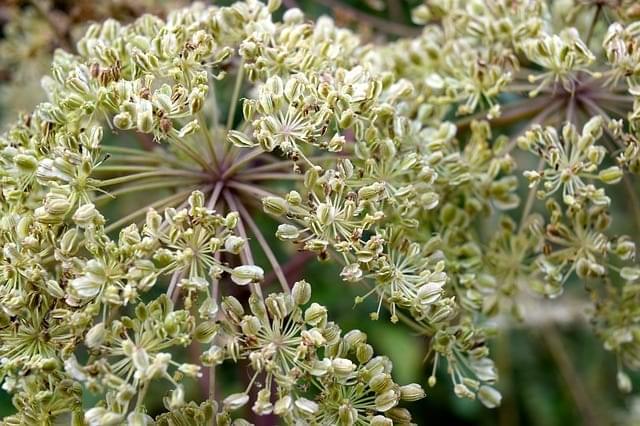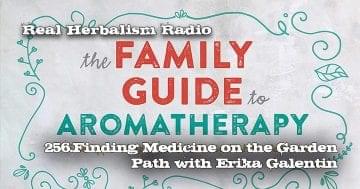Herbal Nerd Society Exclusive Article - Angelica is generally considered a warm, sweet or pungent, building herb that moves blood and opens pathways, allowing dampness and stuck or lingering pain to clear. In modern herbal tradition, A. archangelica and A. sinensis have become most popular as Women's Medicine.
Read this article and all of our other Herbal Nerd Society Content.
Become a Member Today. Join Us Here. | Already a Member just log in here.






